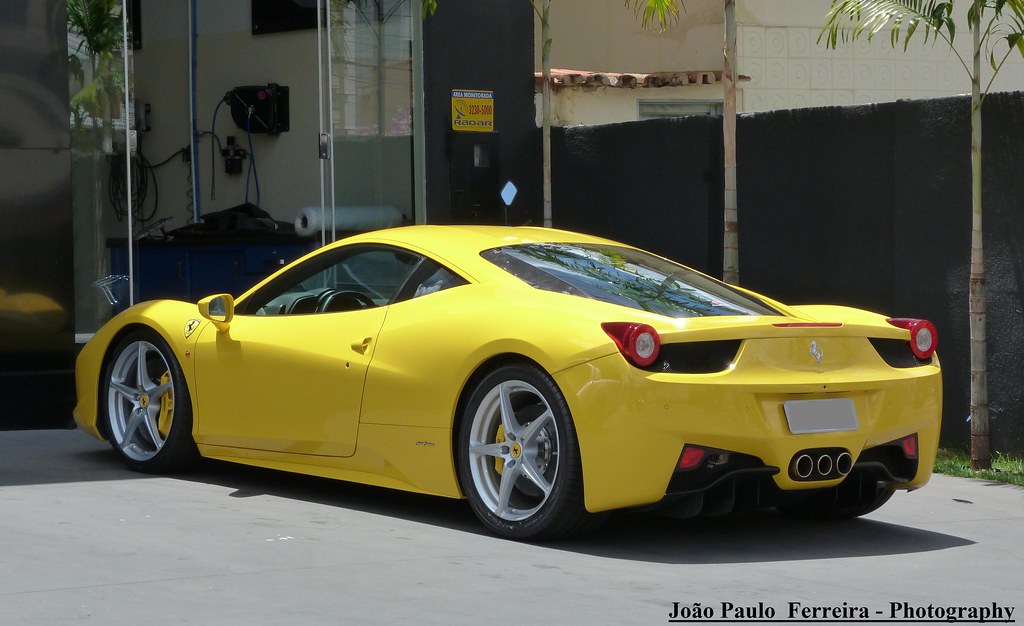In the fast-paced world of car design, it’s not unusual for automakers to draw inspiration from one another, sometimes resulting in controversial modifications or unique features. This was the case when Subaru equipped the 2022–2023 WRX and BRZ models with BMW-style turn signals. Just two years after their introduction, Subaru reverted to the conventional mechanism due to mixed reactions from drivers, highlighting the specifics of this switchback and the community’s response.
The BMW-Style Blinkers: A Striking Investigation
For those unfamiliar, the BMW-style blinker operates differently from what many drivers are used to. Instead of staying in place when activated, the signal stalk promptly returns to the center after being pushed up or down, with a half press in either direction resulting in three flashes intended for lane changes. While innovative, this feature left some drivers longing for the simplicity of traditional signals, with one enthusiast noting that the new signals required ‘a unique handshake with a few observers composing their reports, and those reports authorized’ to drop after a turn.
Despite initial resistance, a segment of the Subaru community grew to appreciate the new blinker system. Some found it ‘much better than the old-fashioned one,’ citing its ease of use and the convenience of the one-touch operation, which is ideal for quick lane changes without fully engaging the blinker.
The discussion around these blinkers was passionate, with a strong divide between those who embraced the change and those who opposed it. Critics found the feature unintuitive and overly complicated, while supporters praised its innovation and functionality, highlighting the challenge automakers face when implementing new technologies.

Subaru’s Reaction: A Re-visitation of Custom
Because of criticism, Subaru has chosen to return the blinkers on the 2022–2023 WRX and BRZ models to the customary system. This choice highlights the significance of driver criticism in the auto plan process. Producers should find some kind of harmony among development and ease of use, guaranteeing that new highlights upgrade the driving experience without presenting pointless intricacy.
For those keen on changing their vehicles, the change back to the customary blinker system includes supplanting the light change gathering with a section from the original models. This mod, while generally direct for those with some mechanical fitness, requires a considerable measure of dismantling and electrical work. It’s a demonstration of the commitment of vehicle fans who will exceed everyone’s expectations to redo their vehicles as they would prefer.

A Contextual Analysis of a Car Plan
The debate over the BMW-style blinkers on the Subaru WRX and BRZ models serves as a fascinating case study in automotive design and community engagement. It underscores the diverse preferences of drivers and the challenges of integrating new technologies into traditional platforms. As the automotive industry continues to evolve, the dialogue between manufacturers and the driving community will remain crucial in creating vehicles that resonate with a broad audience.
Subaru’s decision to revert the blinkers on the 2022-2023 WRX and BRZ models is a nod to tradition and a reflection of the company’s responsiveness to its community. While innovative features can enhance the driving experience, they must also align with the expectations and preferences of end users. The saga of the BMW-style blinkers is a reminder that, in the world of automotive design, sometimes the best way forward is to take a step back.
Subaru’s experiment with BMW-style blinkers illustrates the complexities of automotive development. While new innovations can offer exciting improvements, they must be carefully balanced against customer expectations and practical applications. By returning to traditional blinkers, Subaru has shown its commitment to listening to its customers and upholding the core values that define the brand. This approach will likely remain essential in navigating the delicate balance between progress and tradition as the automotive sector continues to advance.





